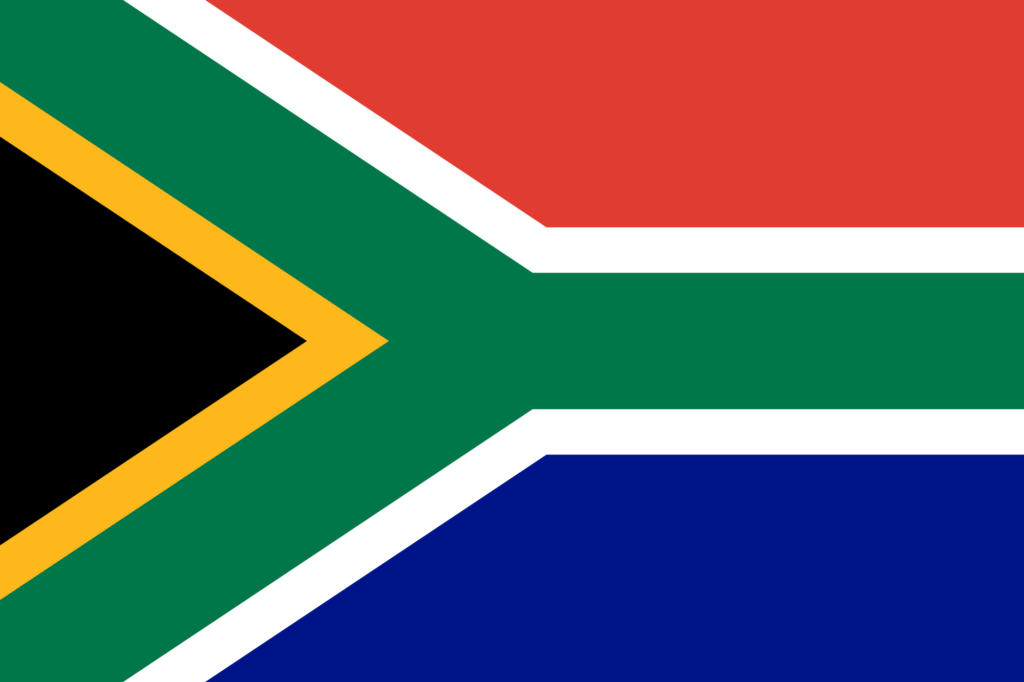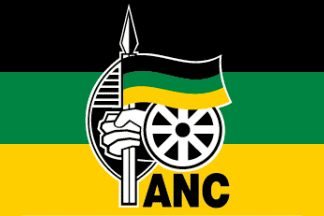By GAT
The African National Congress (ANC) has lost its parliamentary majority and will need coalition partners to surpass 50 percent votes and form a government.
The African National Congress party lost its majority in a historic election result Saturday that puts South Africa on a new political path for the first time since the end of the apartheid system of white minority rule 30 years ago.
With more than 99% of votes counted, the once-dominant ANC had received just over 40% in Wednesday’s parliamentary election, well short of the majority it had held since the all-race vote of 1994 that ended apartheid and brought it to power under Nelson Mandela.
After all the ballots were counted, the ruling African National Congress (ANC) had received only 40.18 percent votes in Wednesday’s election, well short of a majority. For the first time since the end of apartheid in 1994, the once-dominant party will need to make a deal with other parties to form a coalition government.
The Democratic Alliance (DA), the main opposition party, received the second-highest number of votes (21.81 percent) followed by the MK party (14.58 percent) and EFF (9.52 percent).

South Africa’s lowest voter turnout
Ahead of the May 29 elections, a record 27.7 million South Africans registered to vote. However, only 16.2 million votes were cast on election day, resulting in a voter turnout of 58.64 percent – the lowest ever in South Africa’s 30-year democratic history.
In fact, voter turnout has been on a gradual decline in recent years. In 1999, nearly 90 percent of the registered voters cast their ballots, while the 2019 election had a 66 percent turnout.
Results by provinces
The ANC managed enough votes to secure more than 50 percent in five out of South Africa’s nine provinces: Limpopo (74 percent), the Eastern Cape (62 percent), North West (59 percent), Free State (53 percent), and Mpumalanga (52 percent).
In the Northern Cape (49 percent) and Gauteng (36 percent), the ANC fell short of a majority and will need to find coalition partners to form the government.
The Democratic Alliance (DA) will continue to govern the Western Cape (53 percent), which it has done since 2009.
And in KwaZulu-Natal (KZN), former President Jacob Zuma’s MK received the highest number of votes at some 46 percent, ahead of the ANC which managed about 18 percent.
How is the president elected and what happens next?
South Africans do not directly vote for the president.
- Instead, they elect the members of the National Assembly, who then elect the president by a simple majority – 201 or more votes determine the presidency.
- Following the IEC’s announcement of results, certain procedural steps must be followed for South Africa to form a government. They include:
- Allocation of seats: Seats in the 400-member National Assembly are proportionately allocated based on the election results.
- First sitting of the National Assembly: Within 14 days of the election results, the newly elected National Assembly must hold its first sitting, where members are sworn in and the speaker is elected.
- Election of the president: During the first sitting, or soon after, the National Assembly elects the president of South Africa, who is then responsible for appointing the cabinet and forming the government.
- Formation of government: Once the president is elected, the process of forming a government, including the appointment of ministers, usually follows.
The entire process is usually completed within a couple of weeks to ensure a smooth transition of power and continuity of governance.
Previous election results
The ANC had received a majority in all six national elections held since the end of apartheid in 1994 when Nelson Mandela became the country’s first Black president.
In 1994, the ANC won 62.5 percent of the vote. In 1999, it won 66.4 percent. In 2004, it clinched almost 70 percent of the vote – its highest ever. In 2009, it won nearly 66 percent of the votes, and in 2014, the figure was 62 percent.
In the last election in 2019, the ANC achieved its lowest margin of victory, winning 57.5 percent of the vote. The DA has come second in the past five elections.
Parties in the current National Assembly
The lower house of parliament is currently represented by 400 members from 14 political parties, allocated proportionally based on the votes each party received in the 2019 elections. And they hold the respective sears in the following order:
- African National Congress (ANC): 230 seats (57.5 percent)
- Democratic Alliance (DA): 84 seats (21 percent)
- Economic Freedom Fighters (EFF): 44 seats (11 percent)
- Inkatha Freedom Party (IFP): 14 seats (3.5 percent)
Ten other parties make up the remaining 28 seats.
The ANC remains the biggest party despite a staggering loss of support since the last election in 2019 as South Africa struggles with deep poverty and inequality.
The country has one of the highest unemployment rates in the world (32.9%) and voters also blamed the ANC for shortages of clean water, electricity, housing and other services.
Global African Times is closely monitoring the South African elections and how the move towards a coalition government will go. We will keep you our ear readers and followers updated.
Source: www.apnews.com , www.aljazeera.com ,




